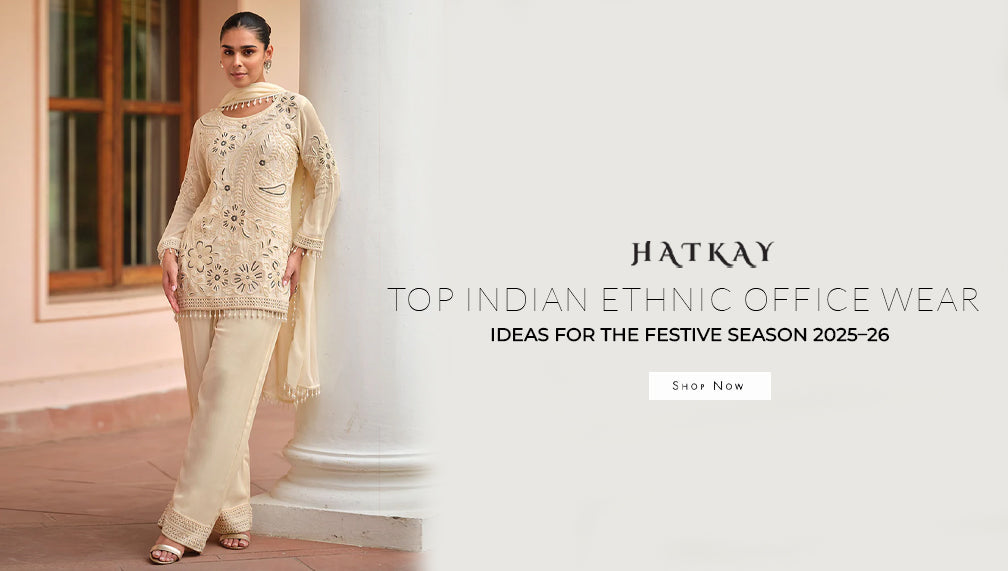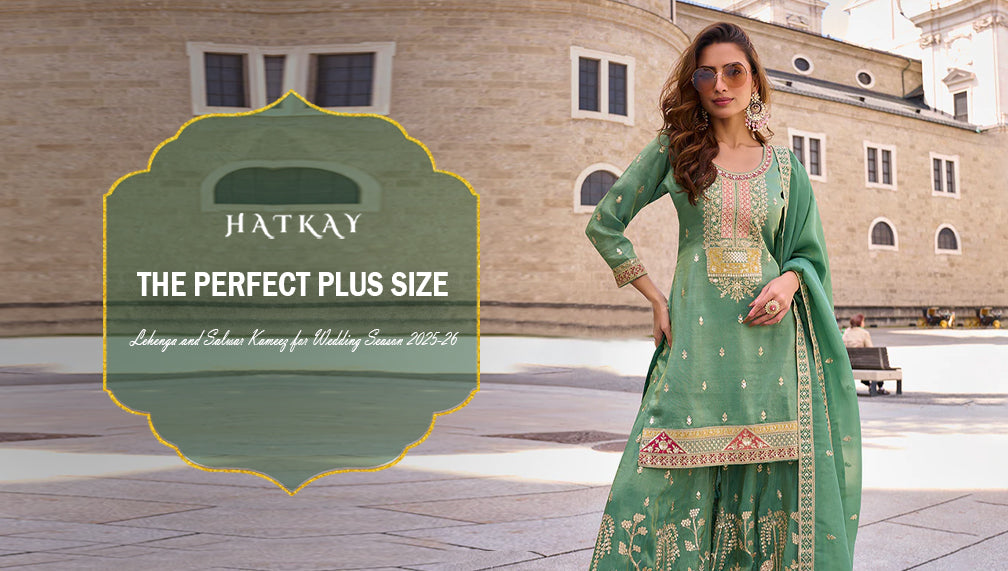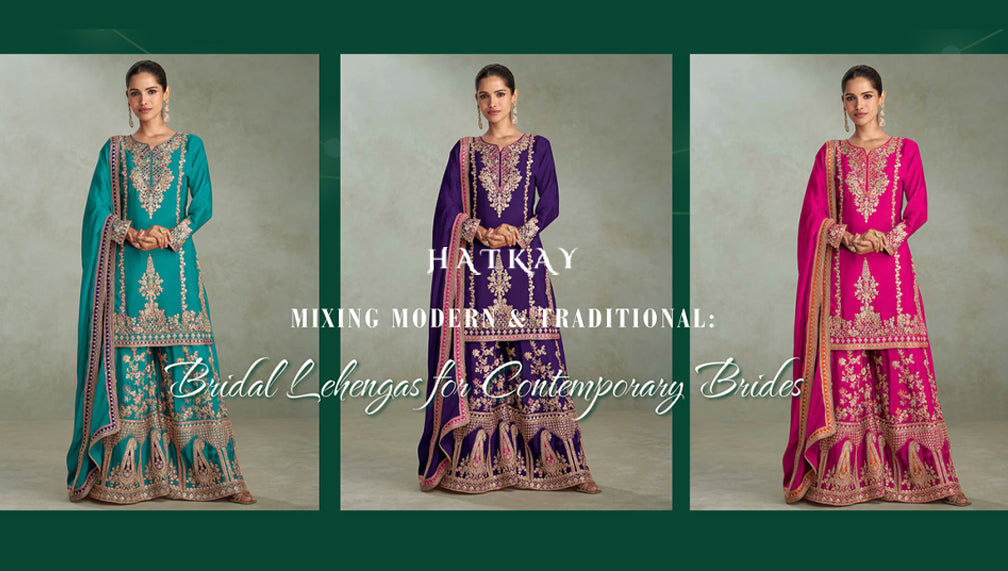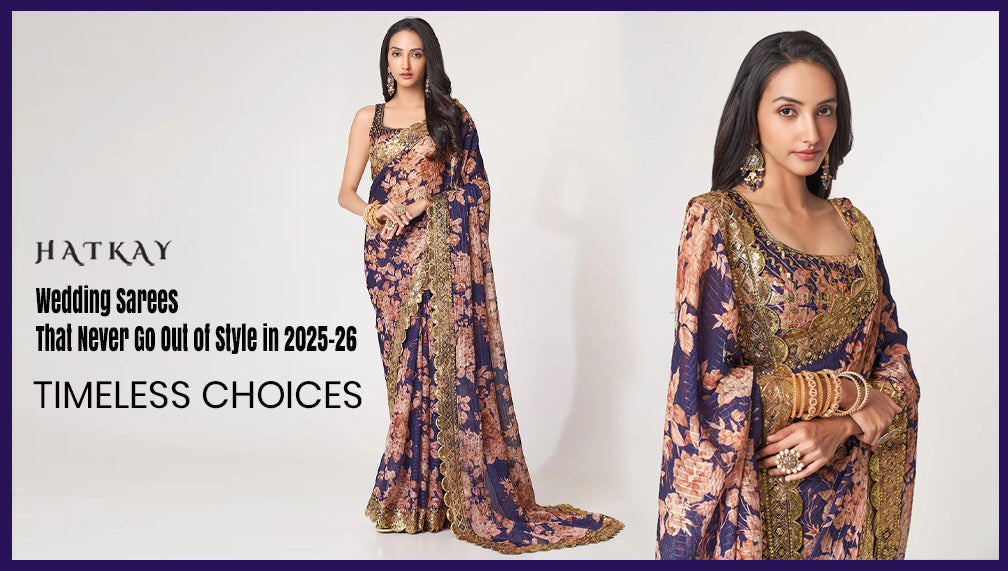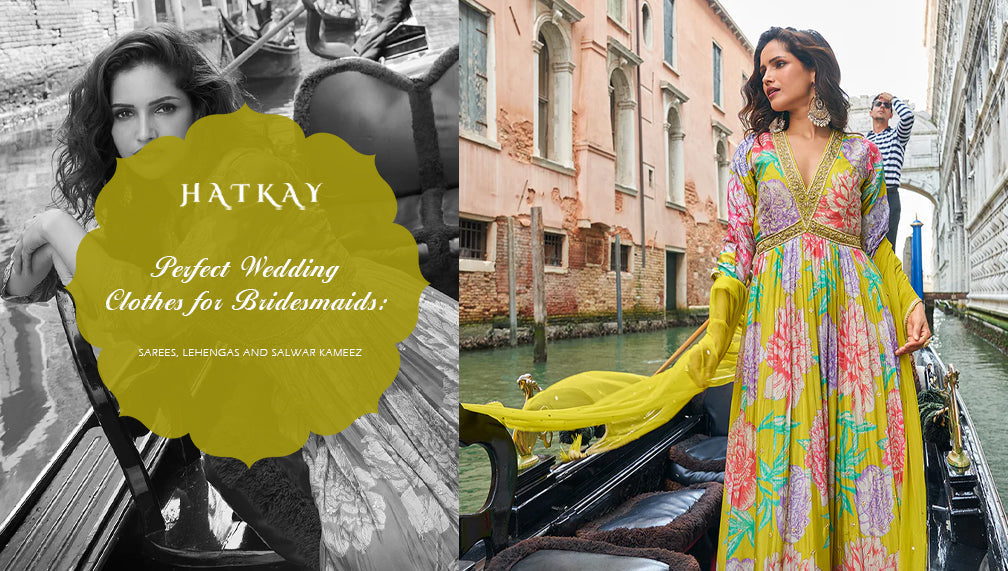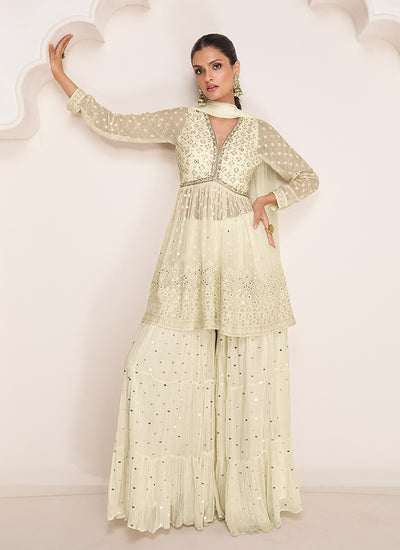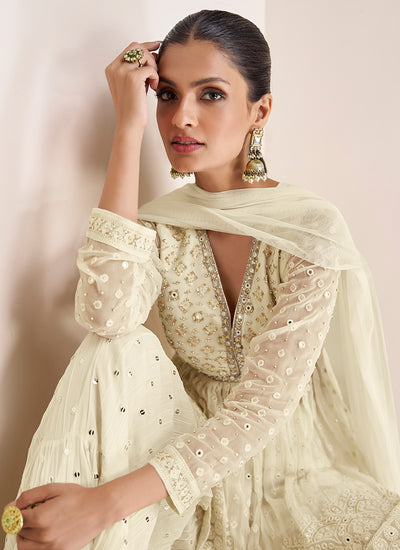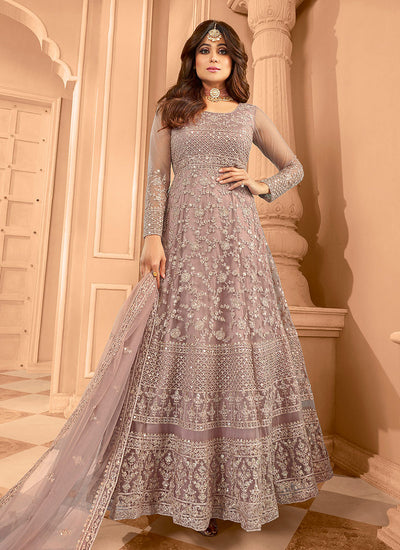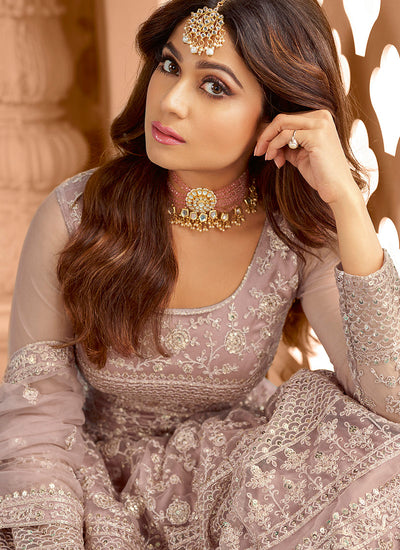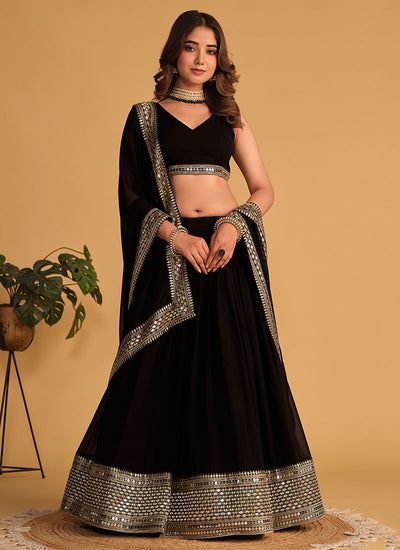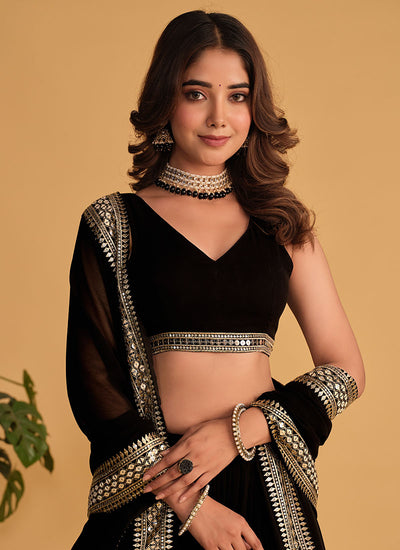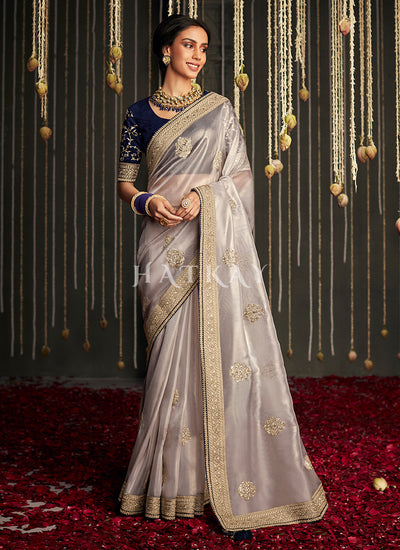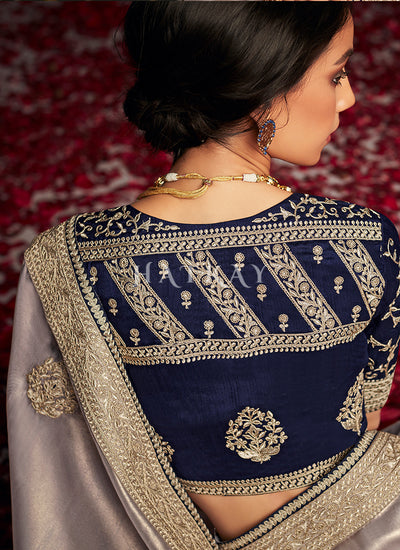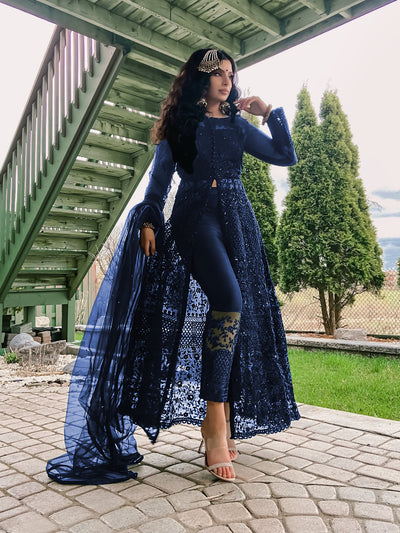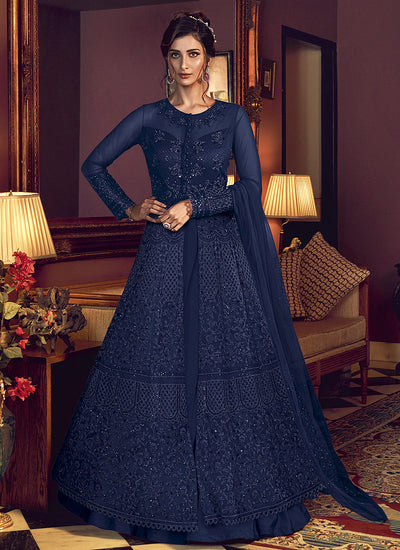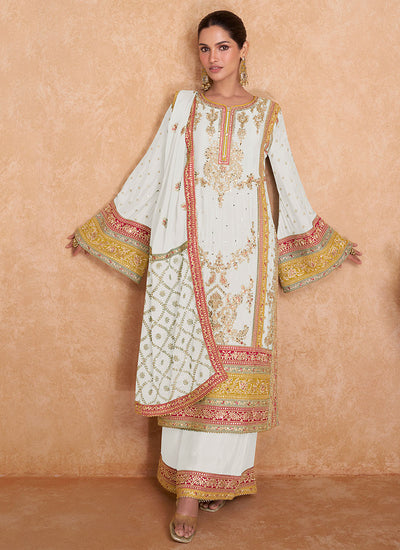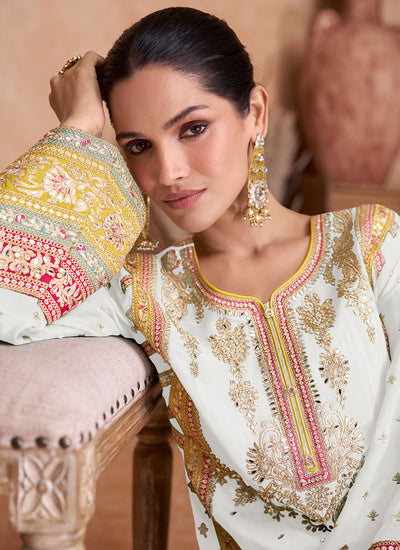Fashion in India - Deep dive into the Indian Clothes
India, Bharat, Hindustan! All synonyms of a great country with diversity and culture seeped deep in its roots. That is why, when you think about India you think about the regal palaces, historic monuments, the Taj Mahal, the infinite variety of cuisines, and of course, our favorite thing about India are the beautiful, colorful and so royal looking ethnic Indian clothes.
There is no denying that the ethnic fashion of India heavily derives inspiration from the rustic architecture of numerous historical monuments around. The traces of which are seen in the Indian ethnic fashion industry till now. The exquisite ethnic fashion of the Indian sub-continent includes intricate hand embroidery, daring designs and patterns, luscious fabrics like cotton and Banarasi silk, and the use of bright and bold colors. Just the reason why Indian ethnic wear is so popular all over the world, especially when it comes to lavish weddings and ceremonial celebrations.
Over the years, the Indian ethnic wear fashion has undergone quite a transition to keep up with modern fashion trends. However. it still managed to keep our traditional roots and regal inheritance while undergoing a shift to cater to the younger generations.
Tale of the Indian fashion industry, just like Indian traditions, is as old as time. Unfortunately, we were not very good at maintaining records about the industry, thus we don't really know the chronology of different ethnic trends that came and left and came again. The first known jump that the Indian ethnic fashion industry witnessed was in the 1980s thanks to fashion designers like Satya Paul and Rohit Khosla. Then came the economic liberalization of the Indian economy in 1990 that resulted in another massive boom in the Indian fashion industry as well. It was all fusion from here on and thereafter the fashion as an industry fully developed itself strongly across India.
Consequently, Indian fashion is now receiving the long-awaited and well-deserved attention of the global fashion circle. The talented Indian fashion designers are creating waves with their choice of colors, fabrics, designs, patterns, and of course, the ethnic style through which men and a lot of women make bold fashion statements at numerous festivals, parties, small and big celebrations, engagements, weddings and more.
While talking about women making bold statements with their clothes, the latest fashion trends of Indian consists of some landmark traditional clothes for women including traditional sarees, exquisite lehengas, salwar kameez, and more.
Let's go in detail about some of the top contenders that are ruling the Indian ethnic fashion circle
Ultimate 9 yards of love- the traditional Indian saree
What to say about the saree that has not already been displayed by thousands of powerful women who rock the Indian saree everyday? However, we are covering the basics, so here we go.
The saree is a straight cut fabric that is typically between 5 to 9 yards long. There are literally hundreds of ways you can wear a saree with different styles each belonging to different regions of the Indian subcontinent. The most common way to drape/ wear a traditional Indian saree is to wrap it around the waist, while folding pleats that are tucked inside the edge of petticoat (near the navel) which is typically worn underneath the saree. The remaining fabric is pulled from under the arm and draped on the opposite shoulder covering the bosom area. The saree is always paired with either a matching or a contrasting blouse.
There are so many types and different versions of the Indian saree that it can boggle your mind. Different styles of sarees include versions of traditional sarees, half and half sarees, printed saree that has its own unique fan following, lehenga sarees, and more. Not only that, but each region of India also has its own spin on how to drape a saree as well, like the Gujarati saree style, the Maharashtrian saree, the Bengali style and so many more. The best thing about sarees is that you can wear a saree anywhere and look like feminine beauty personified! They are perfect for casual wear, everyday wear, office wear and of course, you can wear party wear sarees at big shot occasions like office gatherings, festivals and who can forget the eternal beauty of a bride draped in traditional red wedding saree.
One that sparks joy- The lovely Salwar Kameez
As per the history books, the traditional salwar kameez hails from the Northern Punjab region of India while the Anarkali suit (a prominent type of Salwar Kameez) got famous amongst the crowd after its namesake Anarkali adorned it in the royal court of the Mughals. The salwar kameez consists of a top called Kurti or kameez, a typically loose bottom called salwar and a scarf called the dupatta. Just like the saree, even salwar kameez has a long list when it comes to different designs, styles, and patterns. Some of the most famous types of salwar suits include Punjabi suits also known as Patiala suits, the straight cut Pakistani suits, Palazzo suits, Pant style suits that come with straight cut salwar, Abaya Style Dress, Sharara Suit and many more.
The most famous of this lot is the Anarkali which is usually saved to be worn on special occasions like weddings and parties and more. It has a long A-line kurta that almost reaches the ankles, a straight cut salwar, and dupatta. On the other end of the spectrum, we have the Punjabi dress that has a shorter kameez and loose-fitting salwar and traces its origin back to Punjab. Salwar kameez also can be worn for both casual workdays, college lectures, as well as special occasions, depending on how you choose them and the occasion itself.
The slayer of hearts- Lehenga Choli
Dawned by countless Bollywood divas, the lehenga choli is one of the most popular and graceful attire provided by the Indian fashion industry. Also known as Ghaghra choli, the lehenga consists of a crop top called a choli, a flared skirt-like bottom called lehenga, and a dupatta. Unlike the saree and the salwar kameez, lehenga choli is not a part of the everyday fashion for the modern Indian women and is reserved for special occasions like parties and weddings only.
What did you all think of this deep dive on the Indian ethnic fashion industry? Do you think we are on the verge of another fashion boom in the coming years or do you think the ethnic industry has reached its peak point and it is all repeat fashion from here on? Let us know in the comments.


























